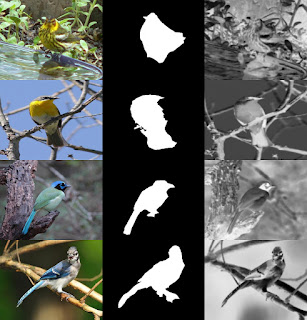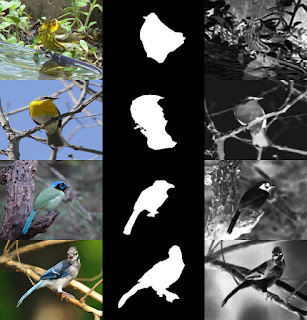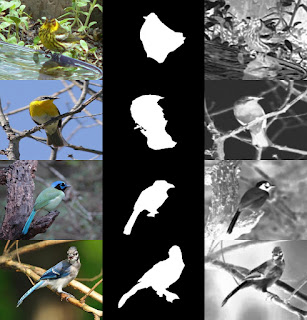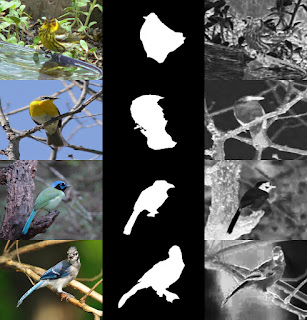The Average loss seems to get smaller (at least in the two epochs listed). Have you checked how the curves look like in Tensorboard? Do they remain on constant?
layers=3, features_root=32 is a rather small network. I would experiment with a feature size of 64 and more layers (maybe also more epochs).
You could also change the optimizer to adam which tends to do a better job with hard problems.
Finally, you could try to normalize your input.
Hope that helps a bit






My custom training dataset has 5000 color images and 5000 corresponding mask images.
I use this code for custom dataset training: